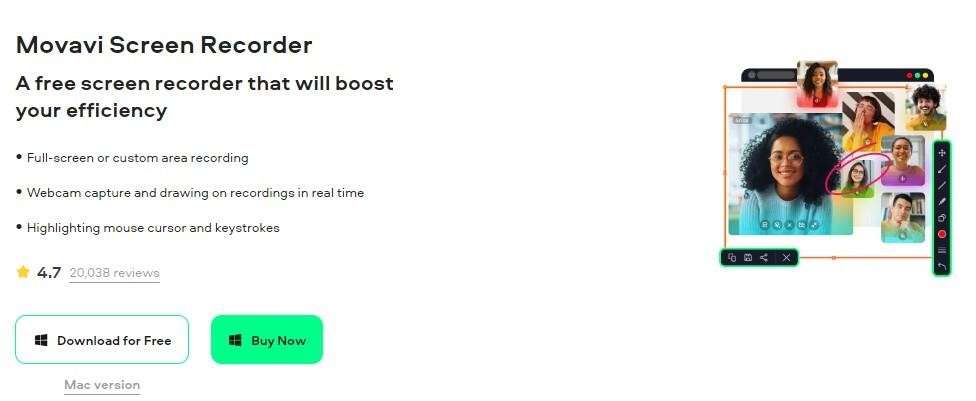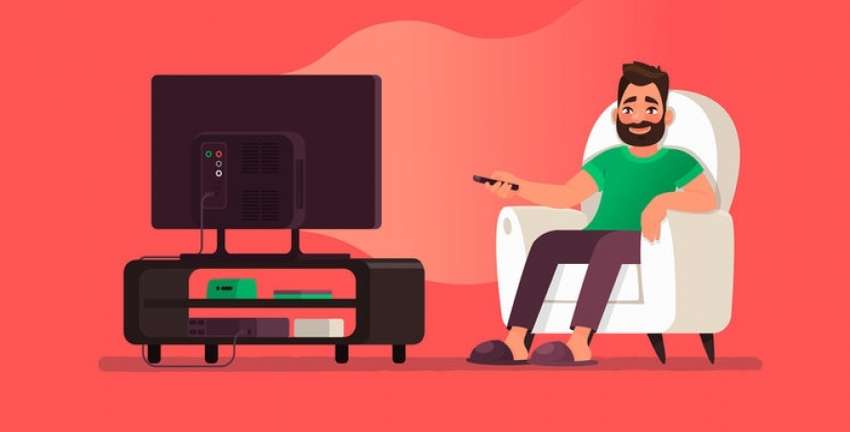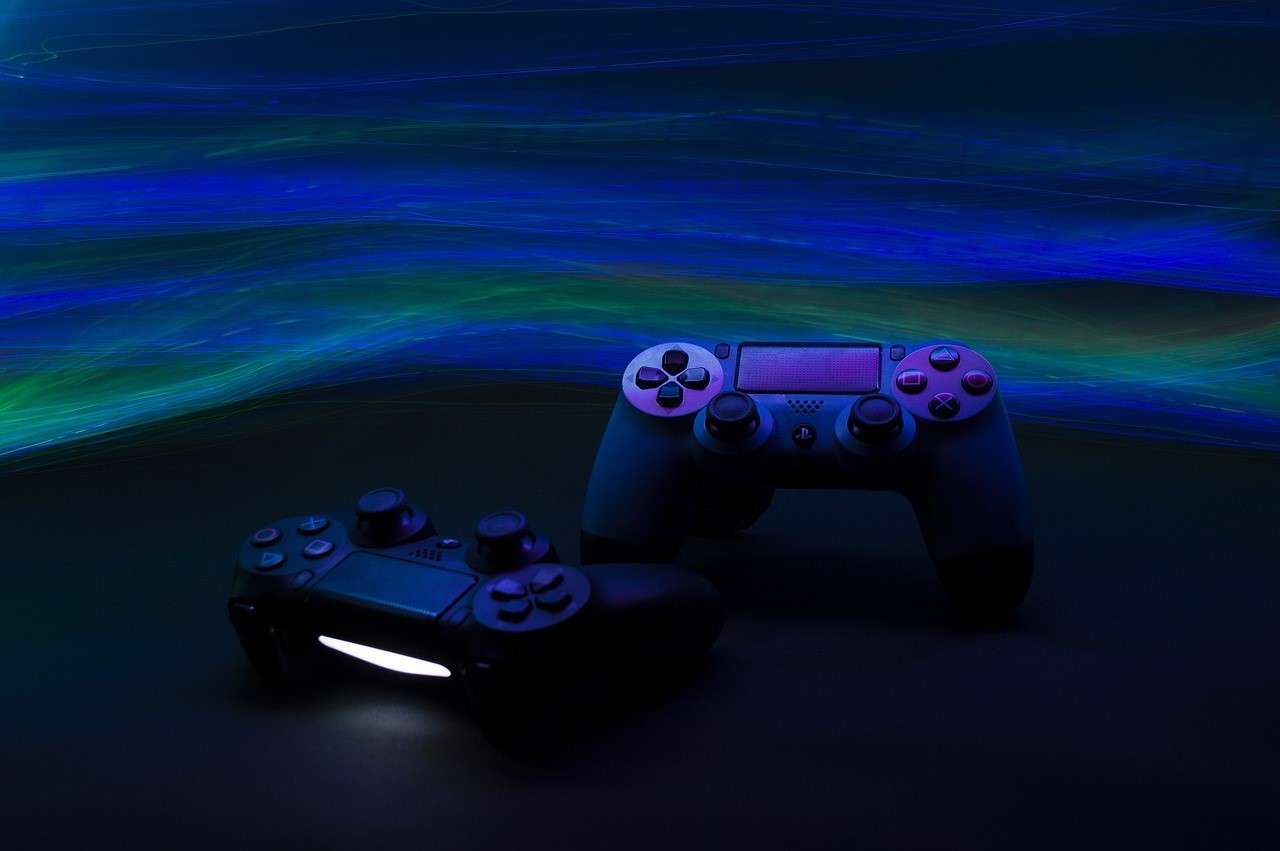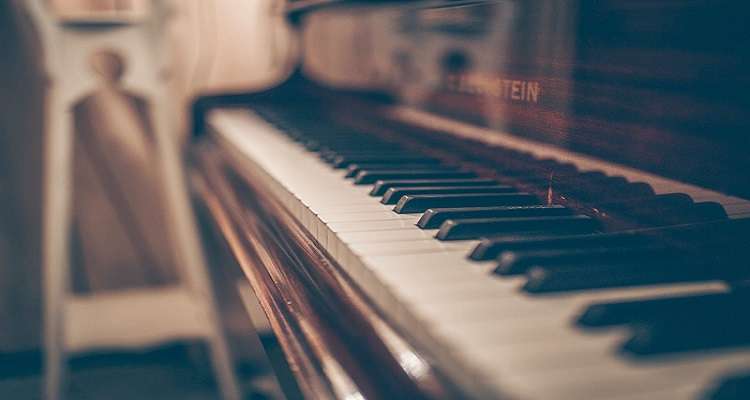The basic elements of any studio are a sound card or audio interface, monitors or monitor headphones, and, depending on what is being recorded, a microphone or multiple microphones. Of course, there are many other factors that affect the sound, but we won’t write about those today because our goal is to first build and set up this small home studio.
Audio interface
These devices today can be divided into four groups: PCI-E cards, external interface with USB connection, external interface with FireWire connection, and external interface with ThunderBolt connection. The USB variant is the slowest of those mentioned but is still fast enough to get the job done for any home studio, and the USB interface is what we recommend. The next item you need to pay attention to is the number of input channels that the interface has, which can vary from one or two channels per device to 20 or more channels. It all comes down to how many audio sources you’ll be recording at the same time. If it is a guitar and vocals, or a keyboard in a stereo connection, then 2 channels will be enough for you. If you want to record the whole band, you will need to have multiple channels.
CD player
Of course, a CD player is another essential component that made its way onto the list. The many options available don’t make it any easier, and the dilemma comes down to audiophile and non-audiophile CD players. Now, the choice solely depends on you and your personal preferences and needs, but with audiophiles, common knowledge is that they produce higher sound quality over other characteristics (such as versatility and sturdiness). You can find out more about the many advantages from the folks at soundproofgeek and compare the different devices yourself. It really comes down to what you need in the end. Think of remote control, mini CD compatibility, and, of course, your budget, as newer technology usually comes at a price.
Yet, you cannot imagine having a home studio without it and therefore look at it as more of an investment rather than simply spending.
Monitors
Many consider monitors to be the most essential component of any studio. It is for this reason that these speakers can cost several thousand dollars per piece! That’s completely unrealistic for a home studio, we agree. But luckily, you don’t have to spend that much money to get yourself a quality pair of monitors. Since sound quality is a subjective thing, just search for the one that suits your needs the most and look for the best price/quality ratio on the market. You will also need monitor headphones. We will divide them into two groups for two separate purposes: closed headphones for recording and open for mixing. If you are not able to have both, either of these two types of headphones will work for both recording and mixing. But still, we personally recommend closed-back headphones, especially if you plan to record any acoustic instruments or vocals.
Microphone
Despite the fact that your focus may be electronic music, there are many times when you will definitely find yourself in a situation where you could use a microphone for your home studio. Not only to create your own sounds for production – such as different phrases, sighs, claps, and the like in electronics—but also to record other singers you may collaborate with. A quality microphone is essential if you want to record, and microphone prices can sometimes surpass 1,000 dollars. If you are just starting out, it is not necessary to spend so much, and you can get a good microphone for a little less than 200 dollars. If you want to record different types of sounds, then you need both a condenser and a dynamic microphone. With a condenser microphone, you can record detailed sounds like studio vocals, while with a dynamic microphone, you will record louder sound signals like drums.
DAW software
Short for a digital audio workstation, it’s software in which you will manipulate signals, tapes, effects- basically everything! There are free programs, and, of course, there are also the ones you’ll have to pay for. Some of the audio interface manufacturers give away limited versions of some of this software with their devices. There are many of them, and the choice depends on you. Keep in mind that more advanced and expensive software comes with a larger range of different options and ways in which you can tune and incorporate the different sounds more effectively. The more options you have, the better the final product. Of course, if you are just starting out, you can look for a free version until you get your first serious gig. For the purpose of simple practice, older and cheaper versions will do.
Last but not least, it is time to make a little list and straighten your priorities. Keep in mind all of the above and make sure to narrow the choice depending on your needs and goals.
















